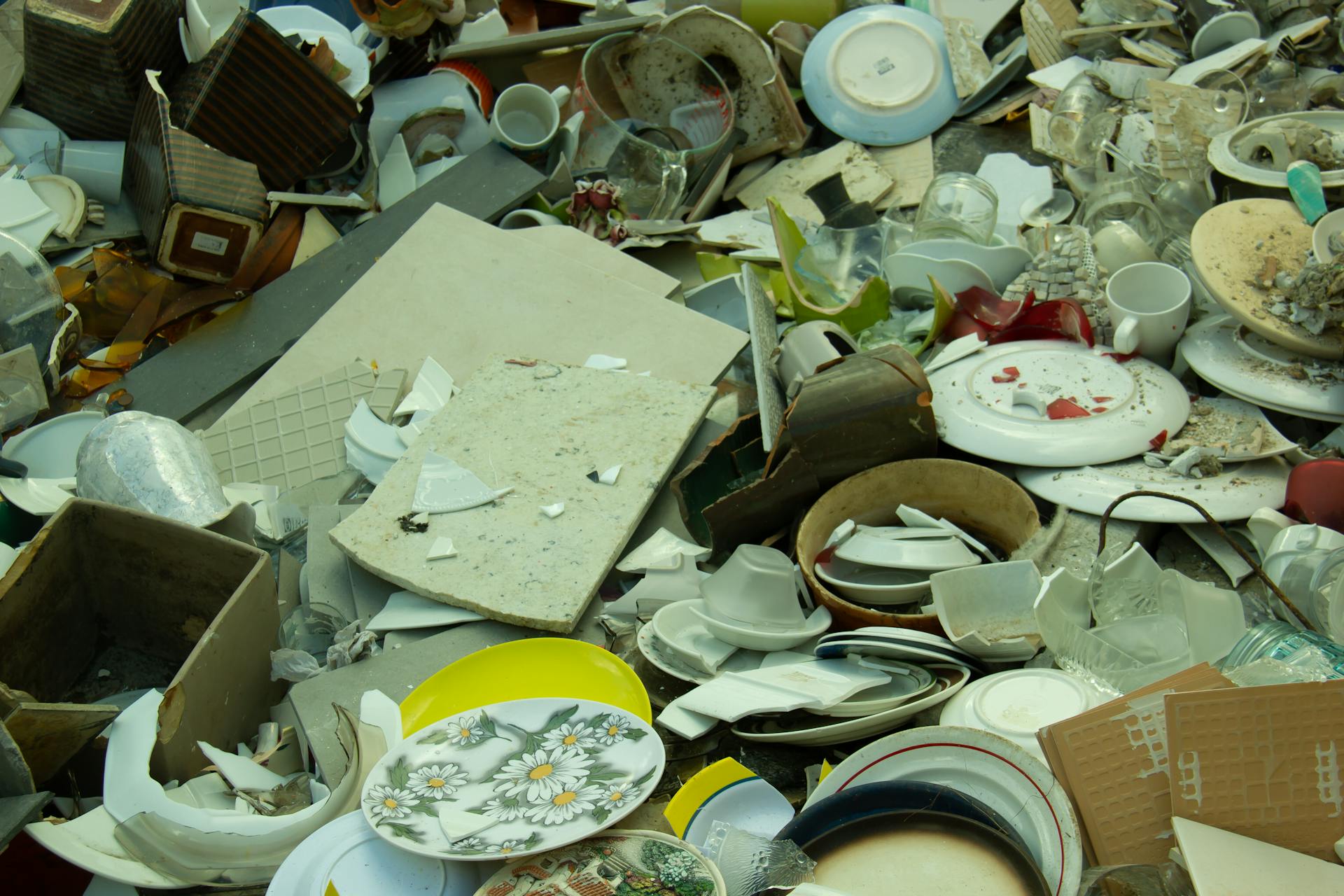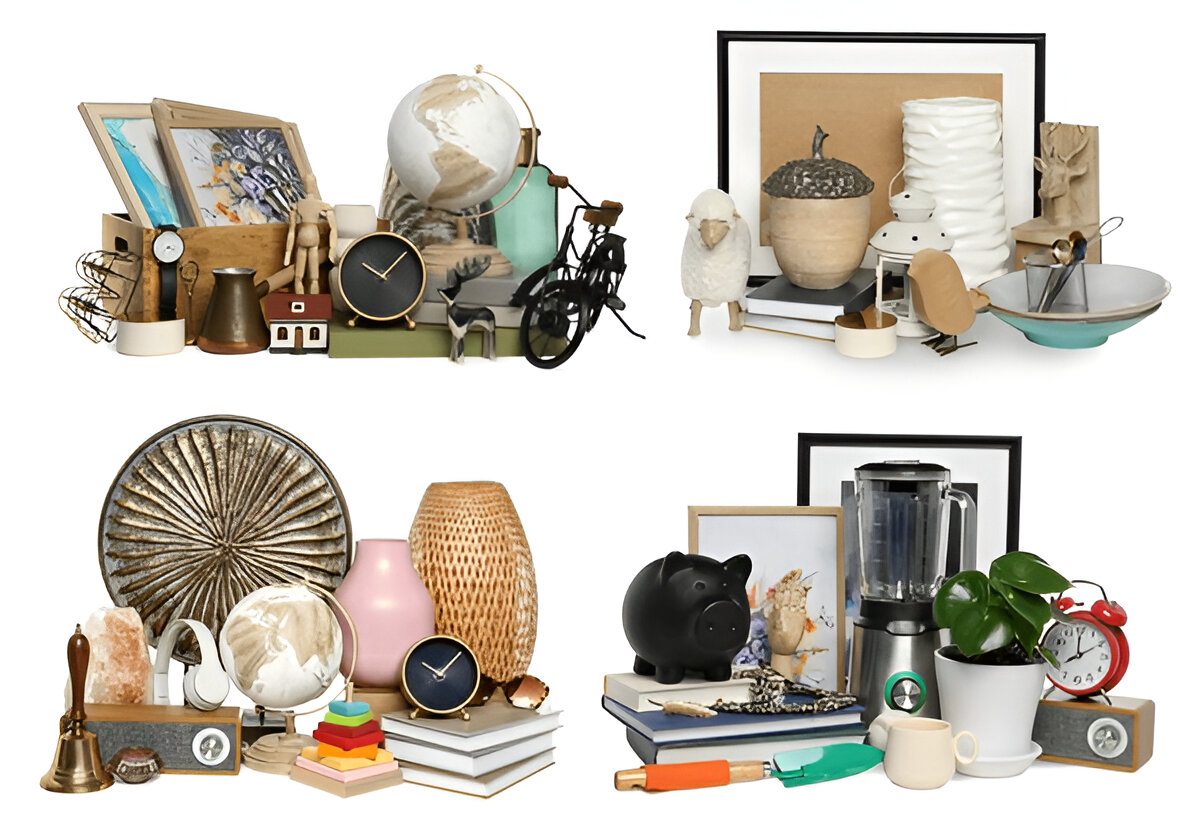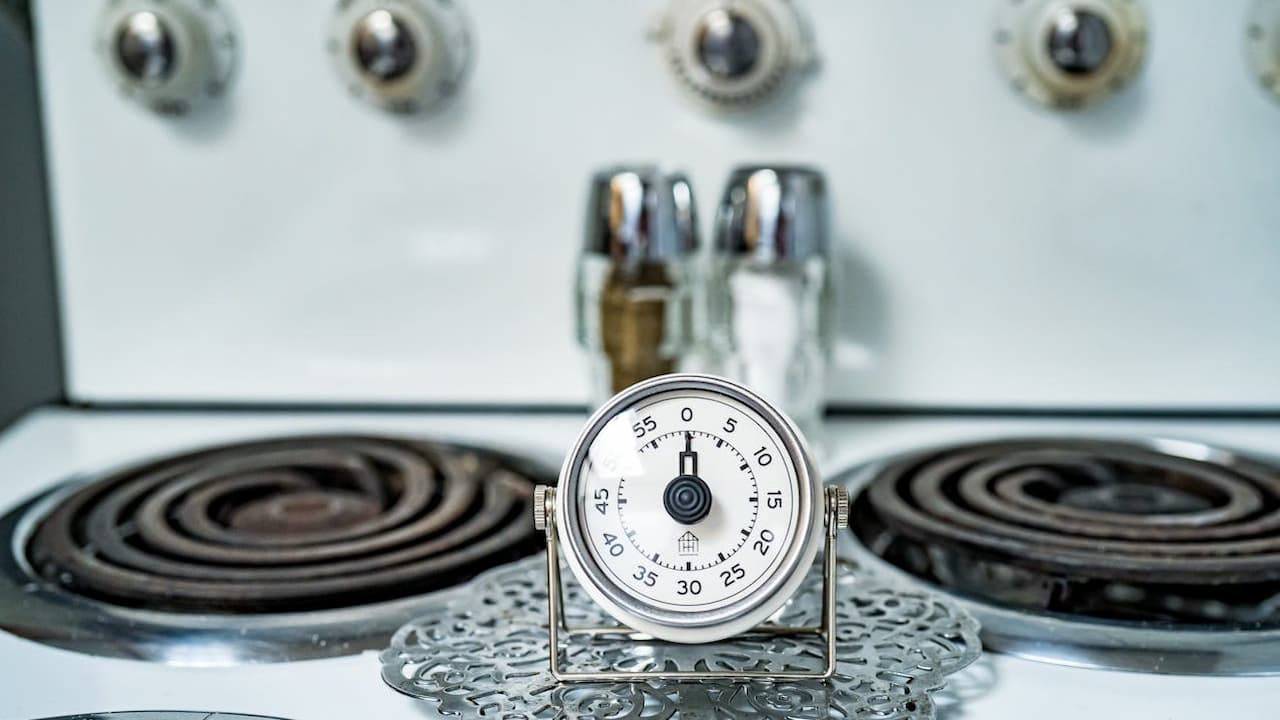Decluttering any space can feel overwhelming, but having a straightforward method can make the process much easier. The Four-Box Method offers a simple way to sort your belongings into clear categories, helping you decide what to keep, donate, store, or discard.
This method helps you tackle clutter without stress, making it easier to organize any room efficiently. With a few practical tricks, you can adapt the Four-Box Method to fit your unique space and needs for better results.
Label your four boxes clearly: Keep, Donate, Trash, Store

Start by preparing four boxes and labeling each one clearly. Use simple words like Keep, Donate, Trash, and Store so you always know their purpose.
Clear labels help you make quick decisions without confusion. When you grab an item, ask yourself which box it belongs in and move on.
This method keeps your process smooth and stops clutter from creeping back. You’ll see progress faster when you’re organized from the start.
Start in one small area to avoid feeling overwhelmed

You don’t have to tackle an entire room all at once. Pick a small corner or a single drawer to begin with.
Focusing on a manageable space makes the task feel less daunting and helps you build momentum.
Take your time to sort items into the four boxes. When one spot feels clearer, gradually expand to nearby areas. This step-by-step approach keeps things simple and stress-free.
Use the Store box for out-of-season clothing

You can use the Store box to keep your out-of-season clothing organized and protected. Pack items like winter coats or summer shorts carefully to save space and prevent damage.
Make sure to label the box clearly with the season and contents. This helps you find what you need quickly when the weather changes.
Use breathable bags or containers to avoid moisture buildup, especially for delicate materials. Remember to air out your clothes occasionally to keep them fresh.
Keep frequently used items in designated spots

When you decide what to keep, make sure these items have a specific place. This helps you find them quickly and keeps your space tidy.
Choose spots that are easy to reach, like a drawer or shelf near where you use the items most. Consistency is key—you’ll build good habits by always putting things back in the same place.
Labeling these spots can also help. It makes it simpler to remember where things belong, especially in shared spaces.
Donate items promptly to avoid clutter buildup

Once you decide to donate, don’t let those items sit around. Pack them up and take them to a donation center as soon as you can.
Leaving donation boxes in your home or car for too long can create unnecessary clutter.
Regularly clearing out donated items keeps your space cleaner and ensures those things find a new home quickly. It also helps reinforce your decluttering habits for the long run.
Trash anything broken or unusable

When you find items that are broken or no longer work, it’s best to toss them right away. Holding onto damaged things only adds clutter and confusion.
Be honest with yourself about what’s truly unusable. This helps keep your space clear and makes it easier to focus on what really matters.
Remember, the trash box is for stuff not worth donating or fixing. Clearing out these items frees up room for what you actually use.
Group similar items together before sorting

Start by gathering items that are alike. This makes your sorting process quicker and more organized.
When you group similar things first, you can see what you have and decide where everything fits best.
For example, put all books, papers, or tools in their own piles before moving them to boxes.
This simple step helps you avoid mixing items that belong in different categories later on.
It also makes it easier to decide which box each group should go into as you use the four-box method.
Use drawer organizers for items in the Keep box

When sorting items into the Keep box, drawer organizers can help keep things tidy. They create separate spaces for small or similar items, making it easier to find what you need.
You can use organizers to store things like office supplies, kitchen utensils, or accessories. This makes your space feel neater and more functional.
Make an inventory list for stored items

Start by listing everything you put into each box or storage area. You can write it down on paper or use a digital note for easy updates.
Adding photos to your list helps you quickly identify items later without opening every box. Keep your list updated to avoid losing track of what’s stored.
Backing up your inventory, like saving it to the cloud, keeps your information safe and accessible from any device. This way, you’ll always know what you have and where it is.
Tackle one room at a time for focused decluttering

When you focus on one room at a time, decluttering feels much less overwhelming. You can give your full attention to the space you’re working on and see real progress quickly.
Start with a small area or even a single drawer. This keeps your energy up and helps you maintain motivation.
By breaking down your decluttering into manageable sections, you avoid burnout and create a more enjoyable process.
Relocate misplaced items in the Relocate box

When you sort items into the Relocate box, it means they belong in a different spot than where you found them. Take time to put each item back in its proper place to keep your space organized.
Handling the Relocate box helps prevent clutter from building up again. It’s a simple way to create order, making your home feel tidier and easier to navigate every day.
Set a timer to stay motivated while sorting

Using a timer can help you stay focused and make decluttering less daunting. Set short intervals, like 15 or 20 minutes, to work on sorting your items.
When the timer goes off, take a quick break or decide if you want to keep going. This approach adds structure and can turn tidying up into a fun challenge. It keeps your energy up and prevents you from feeling overwhelmed.













